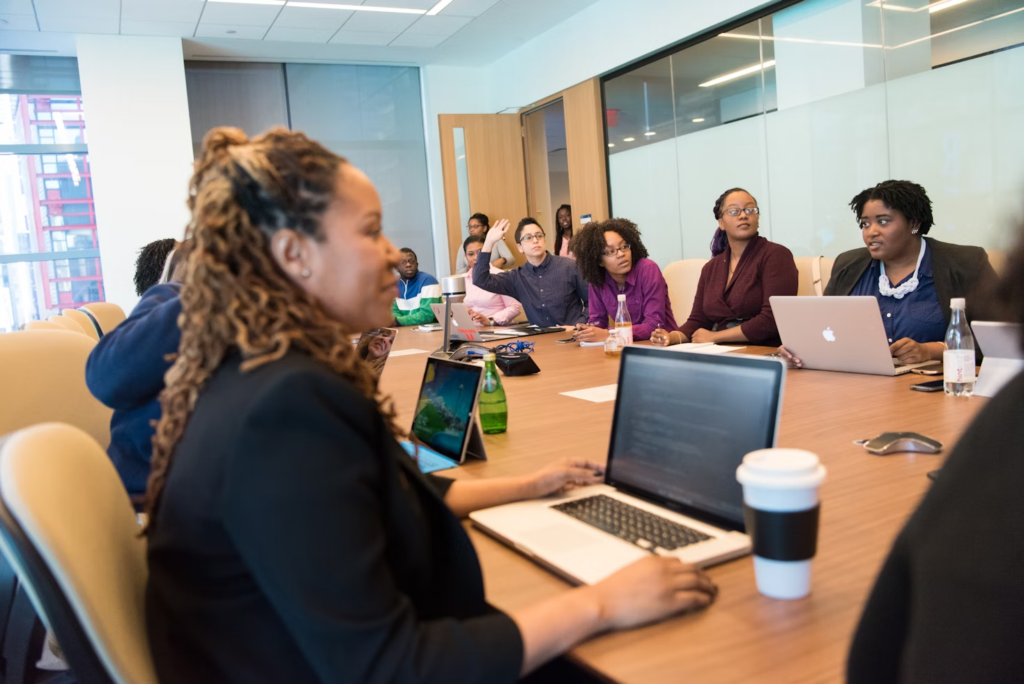‘Vampire tasks’ are those uninteresting chores that keep employees from completing essential work. The phrase was created by Cecily Motley, co-founder of AI-powered workplace assistant Harriet, to describe those tedious but important chores that derail us from more important work and have the potential to reduce our productivity.
From pointless emails and protracted meetings to persistent disruptions, these chores sap your workday, divert your focus from more important activities, reduce engagement, and eventually diminish your value as an employee.
Strategies for managing vampire assignments
“The ‘soul-sucking’ nature of vampire tasks isn’t necessarily in the tasks themselves, but in their potential to consume large amounts of time and lower job satisfaction when they become central to your daily activities,” said Eva Chan, a career advisor at Resume Genius. Managing vampire chores—basic but critical jobs like data entry, email management, and recurring quality checks—needs tactics to keep them from taking up your work day. These seven tactics will assist you in maintaining focus on the important tasks:
- According to Chan, establishing boundaries is essential to preserving your well-being and concentrating on what matters. Saying “no” to extra work when feeling overwhelmed, for instance, can assist you in not overcommitting and maintaining the calibre of your current work.
- Setting priorities for your work and placing the most important things first are two more crucial strategies. “Arm yourself with clear communication: share your successes and strategies for prioritising tasks that align with company objectives,” advises Chan, “if employers are sceptical.”
- To demonstrate that you’re still dedicated to the team’s success and aren’t just avoiding extra work, Chan advises outsourcing, delegating to team members with available bandwidth, or rearranging priorities.
- In case you are the only one accountable for these chores, Chan suggests designating certain times for these tasks to avoid them taking up your entire day. You may also utilise tools like the Eisenhower Matrix to prevent feeling overburdened. The author notes that becoming acquainted with AI tools such as ChatGPT might enhance workflow efficiency by alleviating monotonous and repetitive activities, allowing the user to concentrate on more significant work.

- The CEO of Mural, David Baga, believes that the focus should be on how employees work rather than where they work. Workers believe that only 50% of meetings are necessary. Ad hoc and spontaneous meetings are viewed as having the lowest value by far—just 7% of meetings—according to Baga, Mural’s 2024 Teamwork Report. More than 25% of workers think email might take the place of in-person meetings.
“We need to do better, considering that workers spend 25% of their time in meetings on average,” he argues. “We must change the way we interact and present ourselves to one another. This means discerning when a meeting is necessary or can be replaced with an asynchronous update. This means when we do meet, clear goals are defined with a set of methods or recipes in place to guide teams to achieve those goals.”
- The Mural report states that employees working in offices experience more disruptions and lower productivity than their hybrid colleagues. It was discovered that in-office workers have an 83% higher likelihood of being interrupted more than 25 times a day than hybrid employees do, and they are also more than three times more likely than full-remote workers. When uninvited interruptions occurred more than six times a day, nearly half of respondents (46%) said that this decreased their productivity or made them feel more stressed.
- Compared to hybrid workers, in-office employees enjoy far less freedom regarding working hours. When compared to employees who work exclusively in offices, hybrid workers enjoy nearly four times the flexibility around core working hours (71% vs. 18%), more than three times the flexibility in the days they work (70% vs. 21%), and more than 70% more access to full-choice scheduling.
How CEOs can cut down on “vampire tasks”
When businesses utilise hyper-monitoring to ensure employees are working, one tendency that has given rise to vampire chores is when employees “play productive” or show productivity to appear occupied.

Naturally, micromanaging backfires and leads to busyness for the sake of busyness. Research indicates that workers spend more time “appearing busy” than actually “being busy.” Due to a fear of being singled out, Visier discovered that nearly half of employees (43%) spend more than 10 hours a week on “productivity theatre” chores, which are vampire tasks.
Employers must establish trust with their staff members and motivate them to focus on projects that provide value to the company rather than ones that are only meant to demonstrate their busyness. Employers should also be conscious of how new projects and performance reviews are conveyed to staff members and, above all, think about the effects on their well-being.
Company executives must assume accountability for relieving staff members from pointless responsibilities by monitoring needless disruptions, reducing micromanaging, doing away with pointless meetings, eliminating unnecessary paperwork, and granting employees more flexibility.
(Tashia Bernardus)
